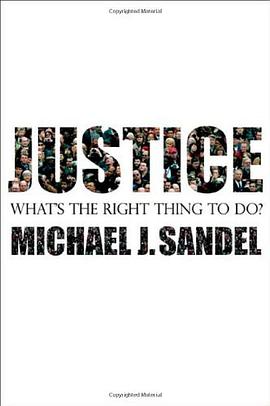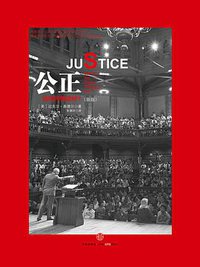
What's the Right Thing to Do?
[美国] 迈克尔·桑德尔
简介
What are our obligations to others as people in a free society? Should government tax the rich to help the poor? Is the free market fair? Is it sometimes wrong to tell the truth? Is killing sometimes morally required? Is it possible, or desirable, to legislate morality? Do individual rights and the common good conflict?
Michael J. Sandel’s “Justice” course is one of the most popular and influential at Harvard. Up to a thousand students pack the campus theater to hear Sandel relate the big questions of political philosophy to the most vexing issues of the day, and this fall, public television will air a series based on the course. Justice offers readers the same exhilarating journey that captivates Harvard students. This book is a searching, lyrical exploration of the meaning of justice, one that invites readers of all political persuasions to consider familiar controversies in fresh and illuminating ways. Affirmative action, same-sex marriage, physician-assisted suicide, abortion, national service, patriotism and dissent, the moral limits of markets—Sandel dramatizes the challenge of thinking through these conflicts, and shows how a surer grasp of philosophy can help us make sense of politics, morality, and our own convictions as well. Justice is lively, thought-provoking, and wise—an essential new addition to the small shelf of books that speak convincingly to the hard questions of our civic life.
contents
Contents
1. DOING THE RIGHT THING....................3
2. THE GREATEST HAPPINESS PRINCIPLE / UTILITARIANISM....................31
3. DO WE OWN OURSELVES? / LIBERTARIANISM....................58
4. HIRED HELP / MARKETS AND MORALS....................75
5. WHAT MATTERS IS THE MOTIVE / IMMANUEL KANT....................103
6. THE CASE FOR EQUALITY / JOHN RAWLS....................140
7. ARGUING AFFIRMATIVE ACTION....................167
8. WHO DESERVES WHAT? / ARISTOTLE....................184
9. WHAT DO WE OWE ONE ANOTHER? / DILEMMAS OF LOYALTY....................208
10. JUSTICE AND THE COMMON GOOD....................244
NOTES....................271
ACKNOWLEDGMENTS....................293
INDEX....................295








